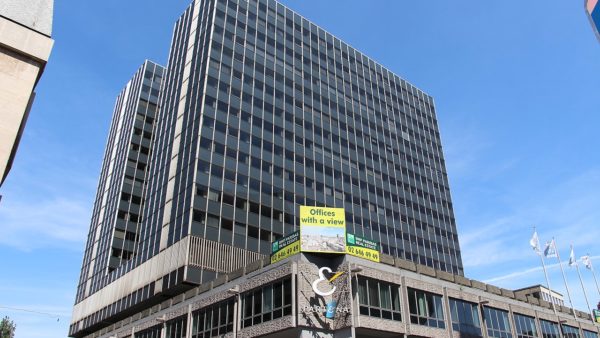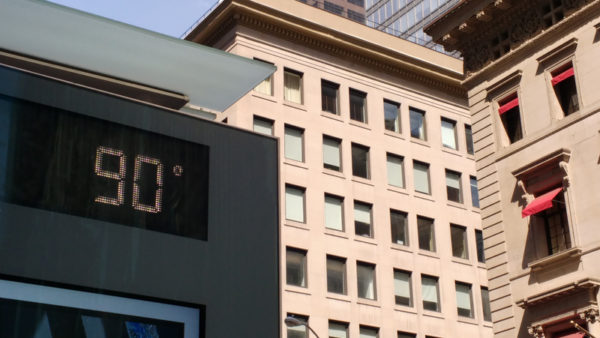Cities across the world are failing to meet the needs of their populations, according to the first “sustainable cities index”.
Although the most successful centres work well as generators of profit, and many have good environmental performances, they are becoming increasingly unaffordable for people on low or average incomes, the study finds.
No North American city makes it into the top 10, the highest ranked is Toronto in 12th position–
The index sets the bar fairly high. Produced for Dutch engineer Arcadis by the Centre for Economics and Business Research, it uses 20 indicators – everything from the amount of green space available to residents to the ease of doing business – to rank cities according to how well they “work” for citizens “in the present without causing problems for themselves and the rest of the world in the future”.Â
It found that although cities such as New York, London, Paris, Tokyo, Frankfurt and Hong Kong were pleasant and profitable places to live, the cost of buying or renting property excluded many people from doing so.
“To truly understand how sustainable a city is, we must understand how it ranks in people, planet and profit,” said John Batten, global cities director at Arcadis. “Only then can city leaders act to assess their priorities, and the pathway to urban sustainability.”
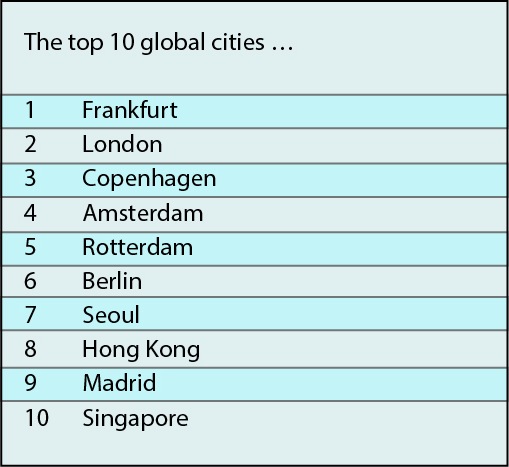
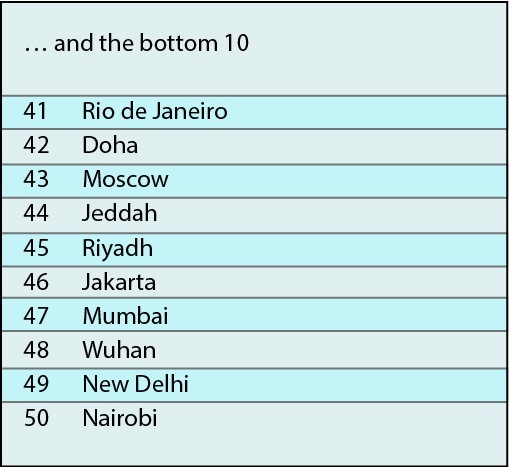
Â
Generally, well-established and prosperous northern European cities come top of the lists, and occupy the top six rankings in the overall table, despite how costly it is to live in them. Frankfurt, the top ranked city overall, came first for profit and planet, but ninth for people. This was partly because of the city’s extensive parks, woodlands and allotments, which occupy around half its area, according to the city’s environment department.Â
London scores highly owing to its hospitals, universities and good health outcomes, and shares “best-connected global city” status with New York.
Surprisingly, no North American city makes it into the top 10. The highest ranked is Toronto in 12th position, with Boston (15th) and Chicago (19th) the best performing US urban centres.Â
The American cities get marked down on environmental performance, with all those listed appearing in the bottom half of that table, although they do better on the profit sub-index, with San Francisco ranking global seventh, owing to the ease of doing business there.
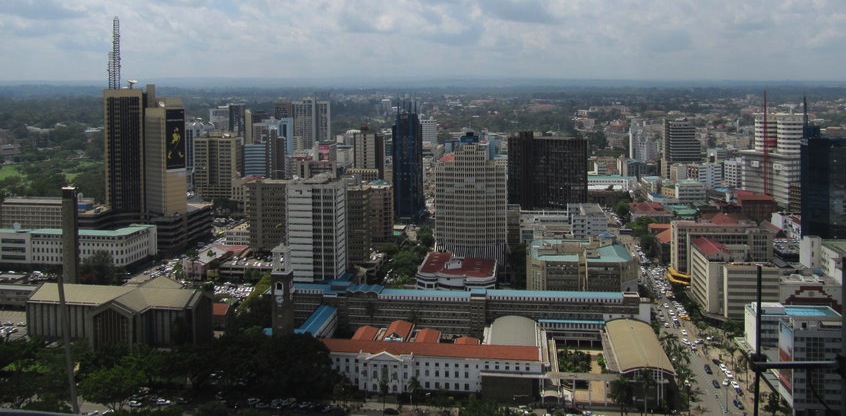
Nairobi struggles to provide utilities to all its inhabitants (Wikimedia Commons)
For the Asian cities, Seoul, Hong Kong and Singapore make it into the top 10, whereas New Delhi, Wuhan, Mumbai, Manila and Jakarta are at the bottom.
Seoul is ranked second on the people sub-index owing to its good public transport provision, which is second only to Melbourne.Â
Meanwhile, Hong Kong leads the way on university education and life expectancy, and offers its people the highest percentage of green space, but in return demands the longest working hours – 20% higher than the global average. Generally the Asian cities are marked down for tilting the work-life balance in favour of work.
Cities in the Middle East were marked down for their environmental performance, a reflection of soaring population growth and abundant energy resources. Doha, Dubai and Abu Dhabi have grown by more than 30% over the past five years.
Photographs:
Frankfurt at the centre of the Eurozone’s financial markets (Wikimedia Commons)
Tables of the top 10 and bottom 10 performing global cities
Nairobi struggles to provide utilities to all its inhabitants (Wikimedia Commons)






